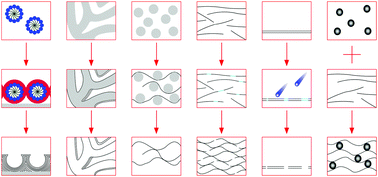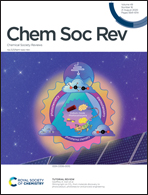Strategies for development of nanoporous materials with 2D building units
Abstract
It has already been realized that two-dimensional (2D) materials carry a great potential in energy conversion and storage, gas storage, chemical sensing, and many other applications closely related to human life. These applications benefit from a key feature of 2D materials, namely the large specific surface area, which however can be diminished significantly due to the tendency of these materials to restack. In this review, we revisit the strategies – including soft and hard templating – that have been developed for generating nanoporosity in 3D materials and demonstrate their adaptation for 2D materials using carbon nitride and graphene materials as examples. Owing to the 2D nature of the building units, a new type of nanopore can be generated by perforating the basal planes. These in-plane nanopores are essential in many emerging applications of 2D materials such as semipermeable membranes; hence, their creation methods, including post-synthesis activation, ion bombardment, electron beam drilling, and nanolithography, are worthy of a critical review. Lastly, techniques for preventing the restacking by fabricating 2D–0D, 2D–1D, and 2D–2D layer-by-layer composite structures are discussed. The goal is to promote the use of these methods for creating nanoporosity in more 2D materials.



 Please wait while we load your content...
Please wait while we load your content...